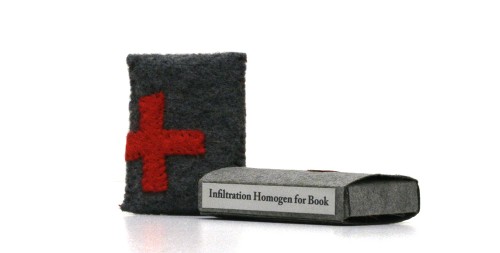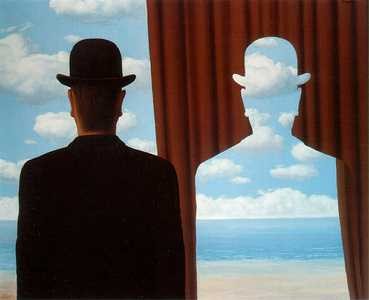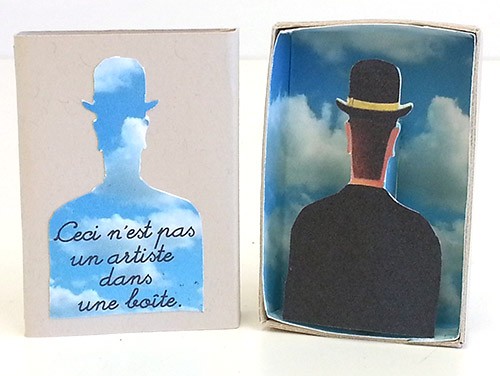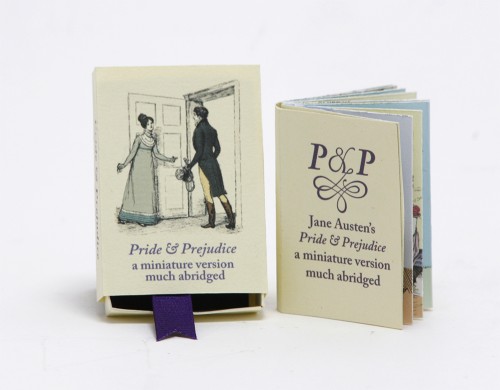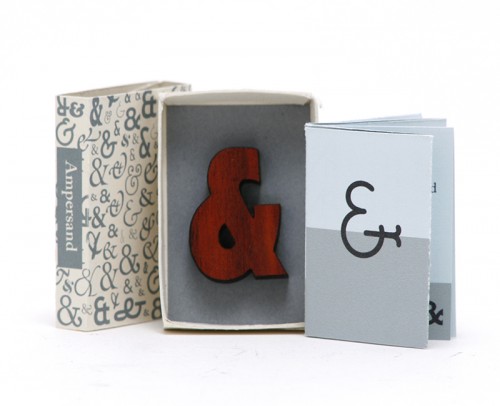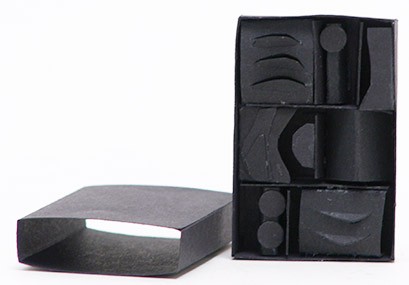When I told my sister about my artist in a matchbox series, she reeled off a list of artists I should consider. One name was Joseph Beuys. She didn’t know much about him other than he’s a favorite with one of her friends. What I knew was this bunny by Shannah Burton, which I saw soon after I started selling on Etsy and that I’d bookmarked intending to find out more “someday.”
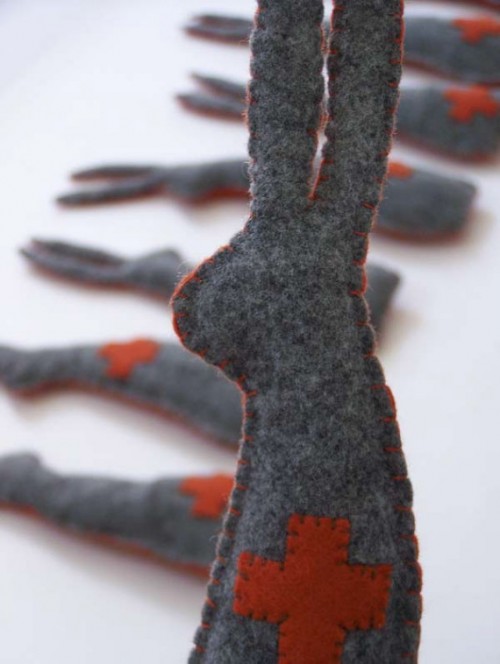
Turns out that Beuys has a famous performance piece, How To Explain Pictures To A Dead Hare, where, holding a dead hare in his arms, he walked around, whispering to the hare, explaining the art on the walls. He also used felt in his installations and performances, like this one, called Homogeneous Infiltration for Piano
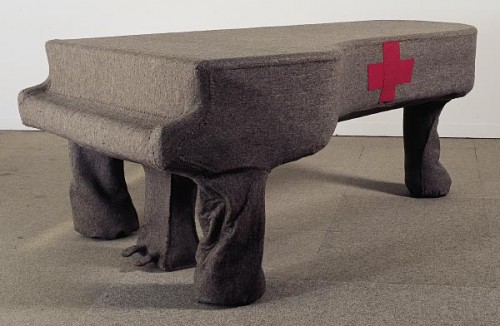
Beuys, a German who served in the German army during World War II, said the red cross is a symbol for the danger that people face when they remain silent. The work strikes me as sad, with the sound (and potential) of the instrument trapped inside the felt skin. As a viewer, I want to tear off the felt and unmute the piano.
For my artist in a matchbox series, I’m looking for artists whose art lends itself to books. So in the spirit of Beuys, I designed a matchbox containing a banned book, one that has been silenced not only by felt but humans. Here it is, and you can see more pictures here.
